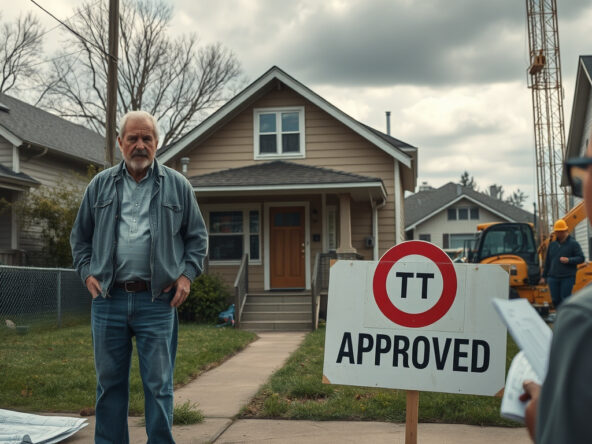Potential Relocation of Homeless Individuals from Edinburgh
Officials in Edinburgh plan a change. They face a lack of licensed temporary rooms. They propose moving some homeless people out of the city. The demand for housing has grown since the Covid-19 crisis hit.
Context and Current Situation
The pandemic began in 2020. The City Council added more temporary rooms in hotels and bed-and-breakfasts. About 650 people now live in these spaces. These rooms lack the House in Multiple Occupation license. This missing license means the rooms do not meet local safety rules.
The Council now seeks to turn these places into long-term homes. To do this, each site must get an HMO license. Officials must act before 30 November. After this date, they may move some people if there are not enough licensed spaces.
Planning for Relocation
The Council checks its options to keep everyone housed. They plan to move about 10% of those in unlicensed rooms. New sites will lie within 50 miles of Edinburgh. A senior official says many spaces exist in the city. Backup plans rest ready if more moves are needed.
Legal and Financial Considerations
Officials once used unlicensed rooms to meet urgent needs. Now they see these rooms may break safety rules. The Council ends financial support for these spaces by early December. Running unlicensed rooms breaks the law and strains local funds.
The Council stops new social housing requests. It also pauses non-urgent repairs. Its work now turns empty homes into real homes. Some council homes already serve people who need shelter.
Response to Demand
Big events like large concerts add extra strain on local housing. This strain sparks talks on local housing work and ways to keep vulnerable people safe.
Conclusion
Edinburgh’s plan to change temporary housing and move some homeless people may be a needed action. The plan seeks simple, legal answers that keep people safe and follow housing rules. With a deadline near, planners focus on clear ways to support many who need stable shelter.
This work shows the challenge of matching demand, following rules, and helping those at risk. It calls for regular checks on local housing policy as the needs grow.



